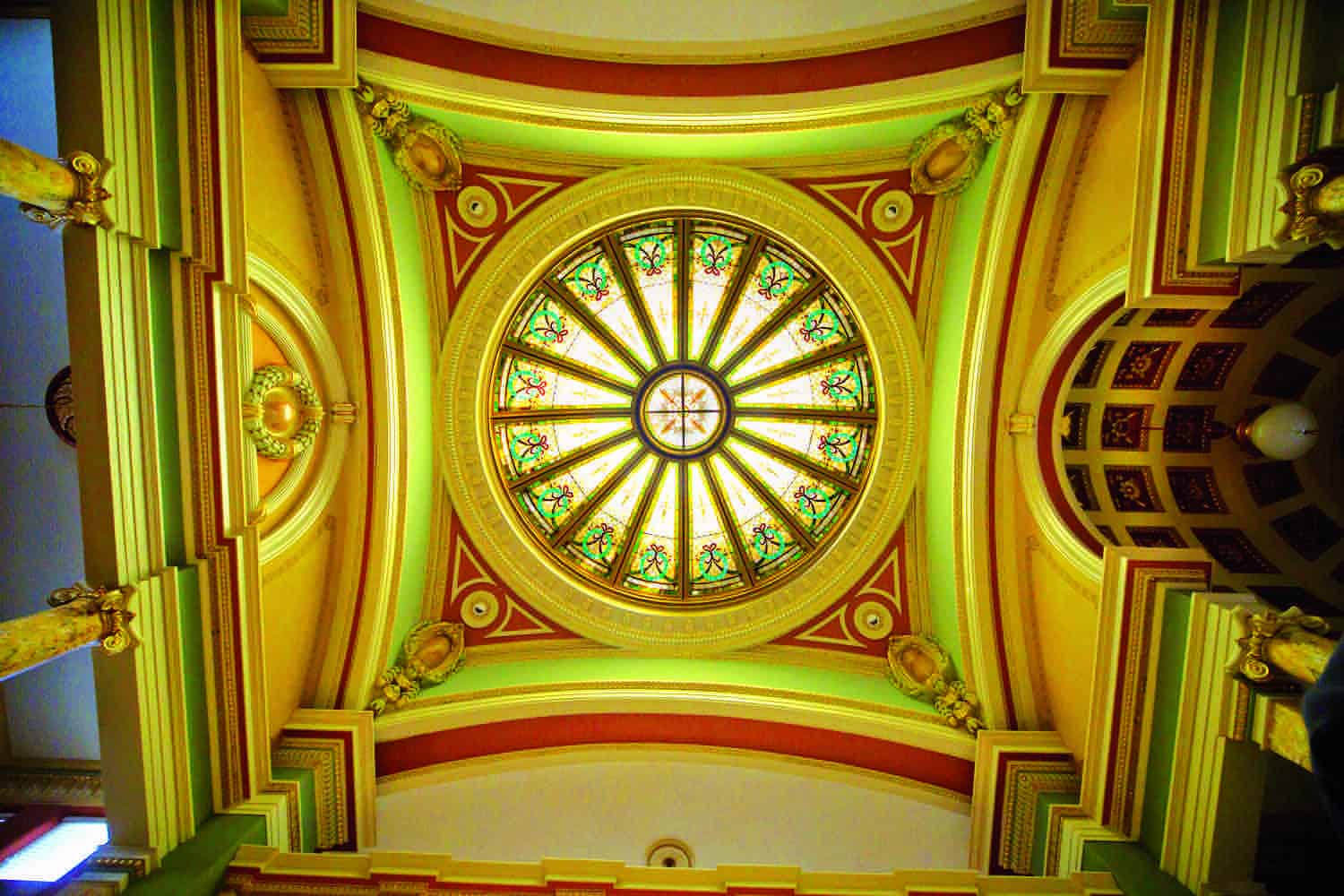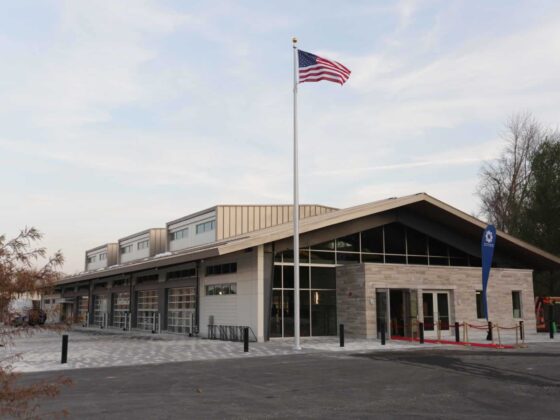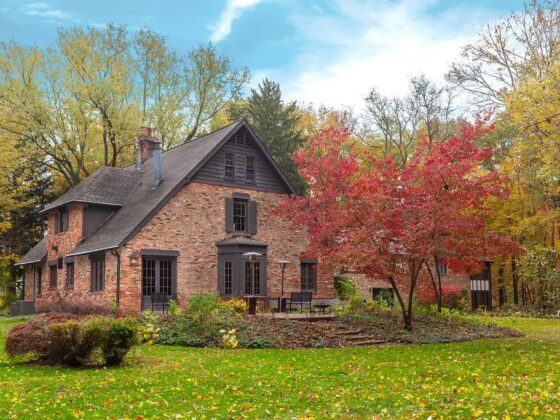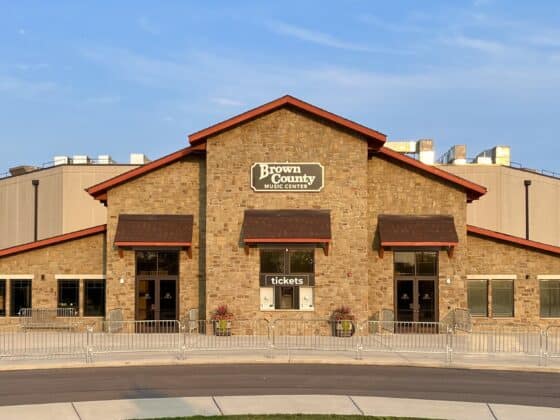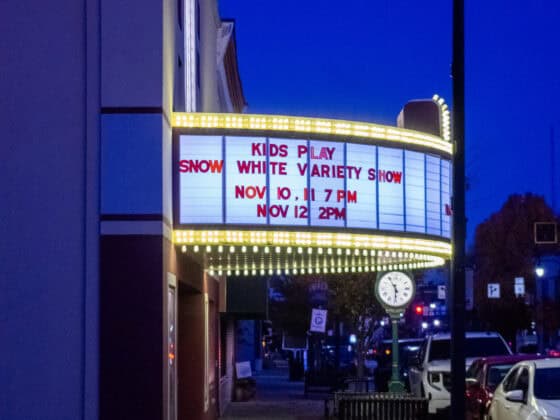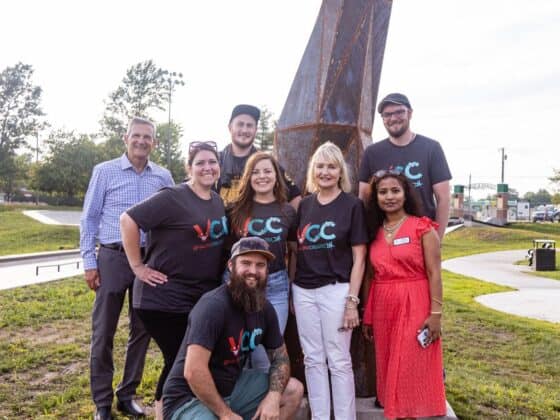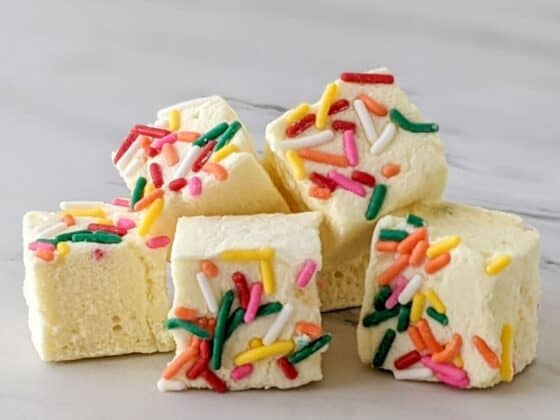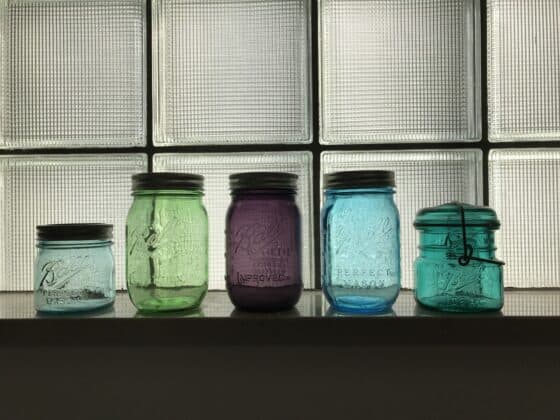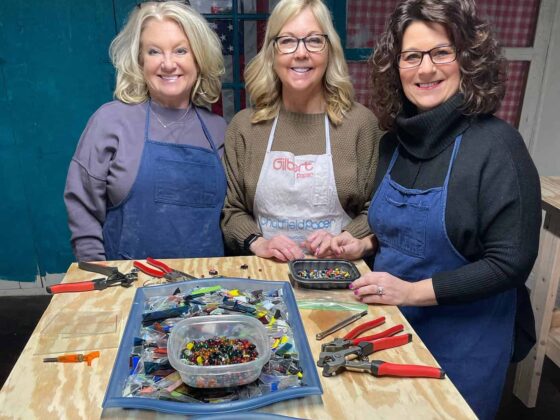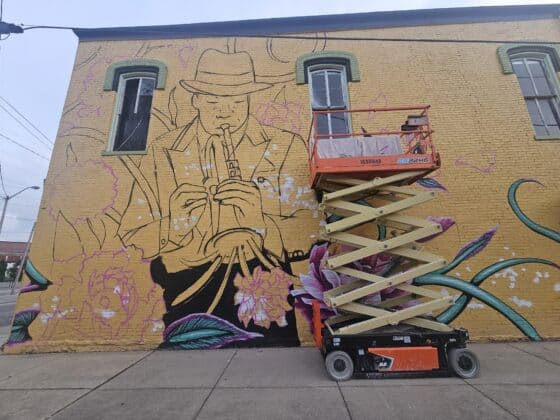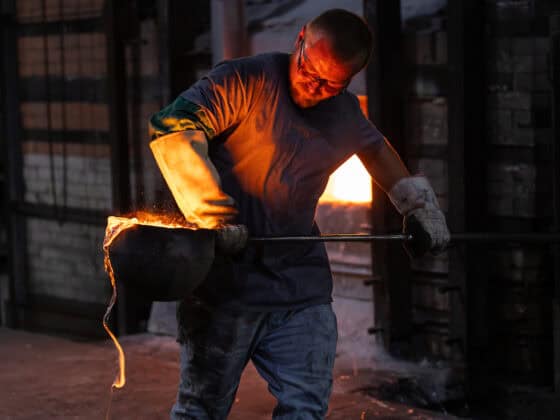Connecting the state’s tradition and history of glass
The Indiana Glass Trail is a showcase for talented Hoosier artisans who create works of glass art using various methods and skills that few possess.
The Trail connects six counties in east central Indiana —Delaware, Hamilton, Howard, Jay, Kosciusko, and Madison–in which the tradition and history of glass arts can be experienced first-hand. Studios, galleries, factory tours, and museums, as well as glass-focused festivals and workshops are located throughout the communities along the Trail.
Indiana’s glass history goes back to October 6, 1886, when a group of speculators drilling a well in Howard County discovered natural gas at around a depth of 900 feet. The 20-foot flame lit up the dark sky that night, and the next eight exploratory wells in the area were successful. By early 1887, several gas companies had formed and the Indiana Natural Gas Company, one of the largest, had more than 23,000 acres leased and 475 gas producing wells. News of the significant gas discoveries traveled quickly, and it was estimated that the gas would last for 200 to 300 years. That later was proved to be incorrect, but Indiana’s legacy in glassmaking had been launched.

The discovery of the Trenton Gas Field in east central Indiana in 1887 ushered in a golden era of industry for the state. Automobile, tin, glass and other manufacturing companies launched and boomed. By 1900, the ease in creating and fueling gas-fired furnaces saw myriad glass companies vying for business from Winchester and Richmond, to Gas City to Greensburg, Elwood and beyond.
Indiana’s art glass community was launched with that first gas well discovered northwest of Kokomo in 1886. Charles Edward Henry, a glass chemist, immigrated to the United States from France and formed Henry Art Glass in New Rochelle, New York in 1883. Henry Art Glass made glass buttons, novelties, and opalescent glass rods. While producing glass products, Henry met many glass artists in the New York area including Louis Tiffany. Hearing about the gas boom in Central Indiana and returning to New York from a business trip to Chicago, he stopped in Kokomo. On April 27, 1888, the same day he arrived in Kokomo, he met with local officials about establishing a glass plant there. Within 24 hours an agreement with government officials was made and signed to provide Henry with a plant site and a natural gas supply.
Within 30 days, Henry returned to Kokomo to purchase a home and to start building a glass production plant with a seven-pot furnace. Actual production started at Opalescent Glass Works’ new plant on November 13, 1888, and it has been in continuous operation at that location ever since. The primary product was sheet glass, but electric insulators were made for Edison General Electric with the excess glass. But most important to Indiana’s art glass history was the shipment three days later – on November 16, 1888, the first shipment of sheet glass went to Louis Tiffany. It included 600 pounds of blue and white opalescent glass.

Tiffany continued to be one of Henry’s customers, and in 1893 he purchased more than 10,000 pounds of glass from Opalescent Glass Works. Over the years, the company developed a reputation for product uniqueness, quality and customer satisfaction that was unsurpassed in the stained glass trade. In addition to L.C. Tiffany, industry giants such as J&R Lamb and LaFarge are among the prominent names appearing often on the company’s early sales ledger.
Kokomo Opalescent Glass continues to be a source for restoration glass, and it creates custom mix batches for commercial customers. It still has, and mixes, many of the same “recipes” that originally established it as a premier glass manufacturer and continues to add new colors and textures to meet the demand of an ever-growing consumer audience. Its Hot Glass Studio was established in 1998 to produce a wide range of quality hand-blown and hand-cast glass using its world-famous Kokomo Opalescent Glass. There, the company’s glass blowers create one-of-a-kind and limited edition functional and sculptural glass objects and rondels.
Today, Indiana’s highest-profile functional glassmaker is just outside Muncie, in Dunkirk. In January, 2013, Ardagh Group purchased Verallia, Saint-Gobain’s North American glass container operation, which includes a plant in Dunkirk. Ardagh was founded in Dublin in 1932 as the Irish Glass Bottle Company. It now operates in 26 countries, employs 22,000 people and controls approximately 50 percent of the North American glass container market.
Not unlike the 1930s, when the volume of Ball jars produced in Muncie captured the world’s attention, today Ardagh’s Dunkirk operation produces three four million longneck beer bottles daily for AB InBev, parent company of Budweiser.
Building on that heritage are dozens of Indiana glass artists, some in business for decades in and around the former Trenton Gas Field in east central Indiana.
The Indiana Glass Trail links glassmakers in east central Indiana, as well as the area’s glass-focused galleries, museums, exhibits, festivals, tours, and workshops/classes. For more information, go to www.indianaglasstrail.com
PHOTOS: Indiana Glass Trail


